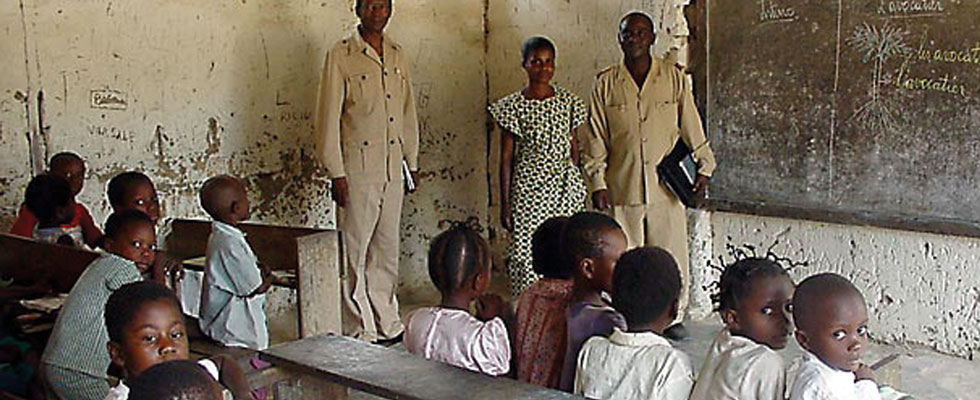
LONDON — The origin of the Aids pandemic has been traced to the 1920s in the city of Kinshasa, in what is now the Democratic Republic of Congo, scientists say.
An international team of scientists say a “perfect storm” of population growth, sex and railways allowed HIV to spread.
A feat of viral archaeology was used to find the pandemic’s origin, the team report in the journal Science.
They used archived samples of HIV’s genetic code to trace its source, with evidence pointing to 1920s Kinshasa.
Their report says a roaring sex trade, rapid population growth and unsterilised needles used in health clinics probably spread the virus.
Meanwhile, Belgium-backed railways had one million people flowing through the city each year, taking the virus to neighbouring regions.
Experts said it was a fascinating insight into the start of the pandemic.
HIV came to global attention in the 1980s and has infected nearly 75 million people.
- Chamisa under fire over US$120K donation
- Mavhunga puts DeMbare into Chibuku quarterfinals
- Pension funds bet on Cabora Bassa oilfields
- Councils defy govt fire tender directive
Keep Reading
It has a much longer history in Africa, but where the pandemic started has remained the source of considerable debate.
A team at the University of Oxford and the University of Leuven, in Belgium, tried to reconstruct HIV’s “family tree” and find out where its oldest ancestors came from.
The research group analysed mutations in HIV’s genetic code.
“You can see the footprints of history in today’s genomes, it has left a record, a mutation mark in the HIV genome that can’t be eradicated,” Prof Oliver Pybus from the University of Oxford told the BBC.
By reading those mutational marks, the research team rebuilt the family tree and traced its roots.
HIV is a mutated version of a chimpanzee virus, known as simian immunodeficiency virus, which probably made the species-jump through contact with infected blood while handling bush meat.
The virus made the jump on multiple occasions. One event led to HIV-1 subgroup O which affects tens of thousands in Cameroon.
Yet only one cross-species jump, HIV-1 subgroup M, went on to infect millions of people across every country in the world.
The answer to why this happened lies in the era of black and white film and the tail-end of the European empires.
In the 1920s, Kinshasa (called Leopoldville until 1966) was part of the Belgian Congo.
Prof Oliver Pybus said: “It was a very large and very rapidly growing area and colonial medical records show there was a high incidence of various sexually transmitted diseases.”
Large numbers of male labourers were drawn to the city, distorting the gender balance until men outnumbered women two to one, eventually leading to a roaring sex trade.
Prof Pybus added: “There are two aspects of infrastructure that could have helped.
“Public health campaigns to treat people for various infectious diseases with injections seem a plausible route [for spreading the virus].
“The second really interesting aspect is the transport networks that enabled people to move round a huge country.”
Around one million people were using Kinshasa’s railways by the end of the 1940s.
The virus spread, with neighbouring Brazzaville and the mining province, Katanga, rapidly hit.
Those “perfect storm” conditions lasted just a few decades in Kinshasa, but by the time they ended the virus was already starting to spread around the world. — BBC











